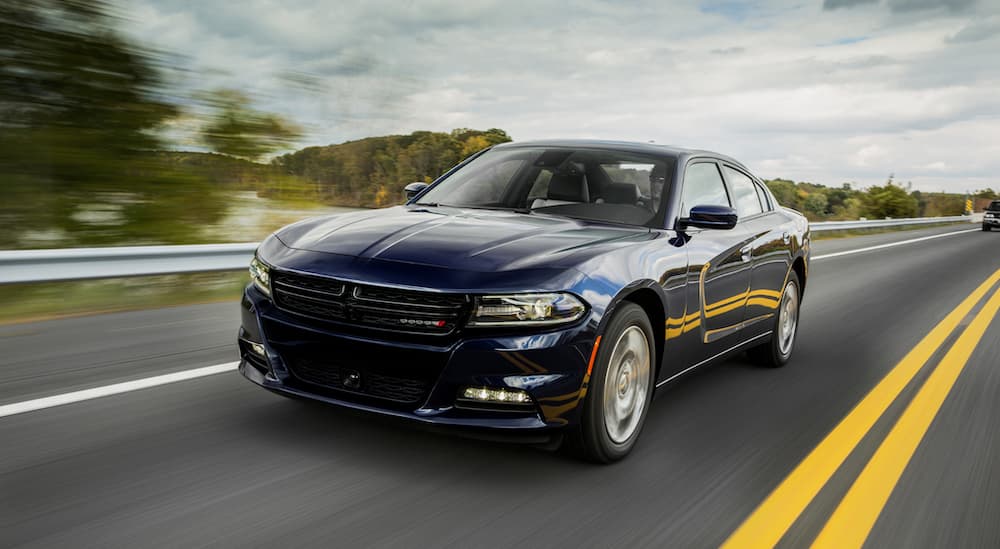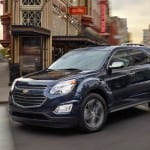The devil is in the details, as they say, but when it comes to shopping for used cars, the details are essential. Sure you can pull up a web browser, search “used cars near me,” and hope for the best, but the more you consider ahead of time, the easier it is to avoid mistakes. Making sure you get the right used vehicle for your needs requires more than simply deciding on the make and model you want – details are vital to getting the right ride.
It’s important to consider different trim levels that were available on any car you’re interested in when it was sold new, as this impacts all kinds of aspects of the vehicle. You also want to look into a vehicle history report for any used car near you that you’re interested in, but be sure to look beyond that too. Once you find the right vehicle, ask about the details of any financing or loan you need in order to buy it.
Detail #1 – Trim Levels
This is the first of two details that involve the vehicle when it was sold as new, which you should keep in mind whenever you are checking out used cars near you. Trim levels refer to different sets of included and available options that are provided for a vehicle – usually indicated by a name or combination of letters and numbers. The basic level of a particular vehicle will have the most barebones standard options and limited additional choices available. By comparison, a higher trim level of a new vehicle will come with more features standard and typically has more additional options to choose from too.
So, why does this matter? The trim level when a vehicle is sold as new determines a lot of the features on that vehicle: it can impact the engine in it, the interior and luxury features, as well as the safety options on it. Trim levels also have a big impact on the price of a vehicle when it is sold as new and are a major consideration for most new-car buyers.
As you shop for used cars near you, look at the trim level of any vehicle you are interested in to see what kinds of features it might have. This is a very important detail if you have some specific needs or requirements that you’re interested in. For example, if you want a pickup truck that has a lot of towing power, then the trim on a heavy-duty model can make a big difference. By doing some research and knowing what trims would work best for you, you can narrow down your options and find the perfect car more easily.

Detail #2 – Available Options
Beyond the trim level of a car, other options are usually available as additional features that can be chosen when it is bought new. Just like the trim level, this is something that the new-car buyer had to consider that will impact what you find on a used car near you. Trim levels indicate a lot of features on a new car, but there are also a lot of things that are provided only as optional packages and features.
For example, a higher trim level on a pickup truck might make a more powerful engine available, but not necessarily included. As such, you can find two models of the same truck, at the same trim, but one has a more powerful engine than the other. Similarly, towing packages and interior features are often included as optional additions when someone is buying a new car.
By looking at these details, you can make sure you find a model that meets all your needs, and you won’t feel like you missed out later. You can’t easily choose between available options when buying a used car like you can when shopping for new models, but you can choose between different cars that have different features on them. This is why it’s so important that you look at all of these details when comparing vehicles to find the perfect one.
Detail #3 – Vehicle History Report
Few things have been as beneficial for shoppers of used cars as the advent of the vehicle history report. This is a simple report that tells you everything that has been reported about a car while it has been in use. It covers just about everything from collisions that the car has been involved in, reports of theft, as well as bodywork and repairs or replacements on parts.
You should always look for a vehicle history report on any used cars near you that you’re interested in buying. Most good used car dealerships provide these reports on the vehicles they sell so that you know everything they do about the vehicle. You can always file for one of these reports on your own if a seller does not provide them, and the information they provide is excellent. Pay special attention, when viewing a report, of any bodywork performed on the vehicle, as this might indicate a collision occurred that was never reported.
Detail #4 – Beyond the Report
As great as vehicle history reports are, it’s also important to remember that they have their limitations just like anything else. A report shows you information that has been provided about the vehicle – if someone is in a collision and reports it, then it will show up. Similarly, bodywork and repairs at most major shops and dealerships will also show up on these reports.
What will not show up on them, however, is anything that happened and was not officially reported for that vehicle. In other words, if you see something on a report, then you know that it happened. But just because you do not see something on a report, does not mean it didn’t happen. The key is to be cautious and always trust your instincts – vehicle history reports can give you a lot of information, but they don’t necessarily always tell the whole story.
Detail #5 – Financing Options and Terms
Always be sure you look closely at the details of any financing assistance you receive when shopping for used cars near you. This is a pretty complicated subject, beyond the scope of just a couple of paragraphs, but it is something you need to make sure you understand fully. Doing some research into financing options and the language used in them is very important in order to protect your interests and make sure you are not taken advantage of.
In general, you want to look at the interest rate on any loan you receive when you buy a used vehicle, which determines how much beyond the cost of the vehicle you pay. Lower interest rates are better, as you save money over time, but they depend a great deal upon your credit history and score. The better your credit, the lower the interest on a loan you can qualify for – this is because good credit means banks see you as a low risk for a loan.
You also want to look at how you will repay any loan or financing you receive, both in terms of how long you’ll pay it back and how much you’ll pay per month. The shorter the term of a loan, the less you typically pay in interest, but the higher your monthly payments. Low monthly payments can be easy to live with, but mean you’re paying for a longer time. Look for a balance with monthly payments that won’t make you lose any sleep while paying off a loan in as short a time as possible.





